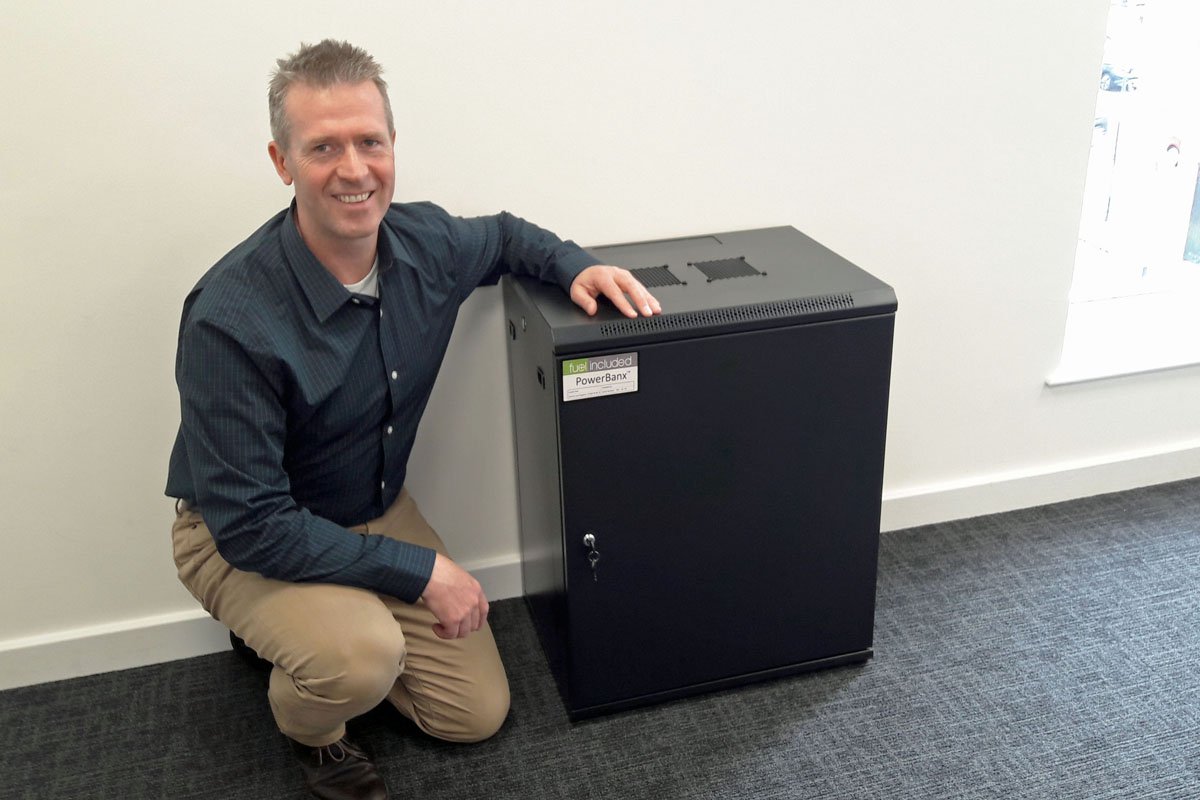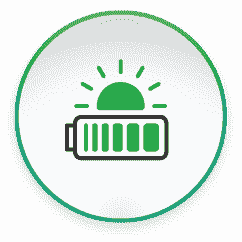When recently I was notified of an upcoming planned power cut I decided to look into the best ways to get prepared.
Until recent years it was uncommon to experience power cuts of any significant duration in Western countries, but that situation is starting to change. A big driver, of course, is climate change with increasing incidents of wildfires, flooding and other crises. At the same time, much of the electrical infrastructure is aging and there aren’t the financial resources available to keep it in top condition.
A particular new development is that of electrical utilities scheduling power cuts when the risk of a weather event is high, such as the power cuts currently being implemented in California.
Knowing I had a power cut coming up but not knowing what to expect I made the following list as I got ready for it.

Tanjent’s PowerBanx X battery storage, in black enclosure (Image: Tanjent)
Power Cut Checklist
I list here a number of steps to consider in advance of a planned power interruption; however, some of these may also prompt ideas for how you can be more resilient in the general case of a sudden unexpected power loss.
1. In a cold climate ensure the house is warm in advance, then turn off the central heating as it won’t function without electricity. If you’re in a cold climate, do the same for air conditioning.
2. Turn off immersion heaters, electric heaters, washing machines, dishwashers and tumble driers as they could cause a large power surge when the power is restored.
3. Turn off any electric ovens or hobs for the same reason. Prepare hot food in advance where appropriate.
4. Make sure your mobile phones and any laptops are fully charged. Consider having a backup battery pack for your phone or a mini solar charger for it. If you can, have a landline telephone available as it should continue to work.
5. If you have an electric car make sure it’s fully charged.
6. Have a small supply of torches/flashlights to hand. Test them.
7. If you have electric garage doors, park your car outside.
8. If you have a burglar and/or fire alarm system make sure you know how to reset it as it will likely give a power loss warning (and may alarm) when the power goes and/or when it resumes.
9. Turn off PCs, satellite receivers and other similar devices that may be sensitive to sudden changes in power voltage. Consider getting a surge protector for them.
10. Have a battery radio available to listen out for news and updates on the power situation.
11. If relevant to you, let your grid supply company know about vulnerable members of your family, and think about the implications of power loss on medical/assistance devices (e.g. ventilators, hoists, stairlifts, etc.).
12. If you have a home battery system installed such as one of our standard PowerBanx systems or a Tesla Powerwall then make sure it is fully charged in advance. For most of our systems that means filling it up the night before, the instructions for doing this depends on whether it is a Sofar-based system or a Victron-based system.
If you have one of our more advanced automatic failover battery systems then you should change the operating mode from Optimized (to maximise money saving) to Keep batteries charged (to maximise battery backup). In this case, of course, you won’t have to worry about the list above.





